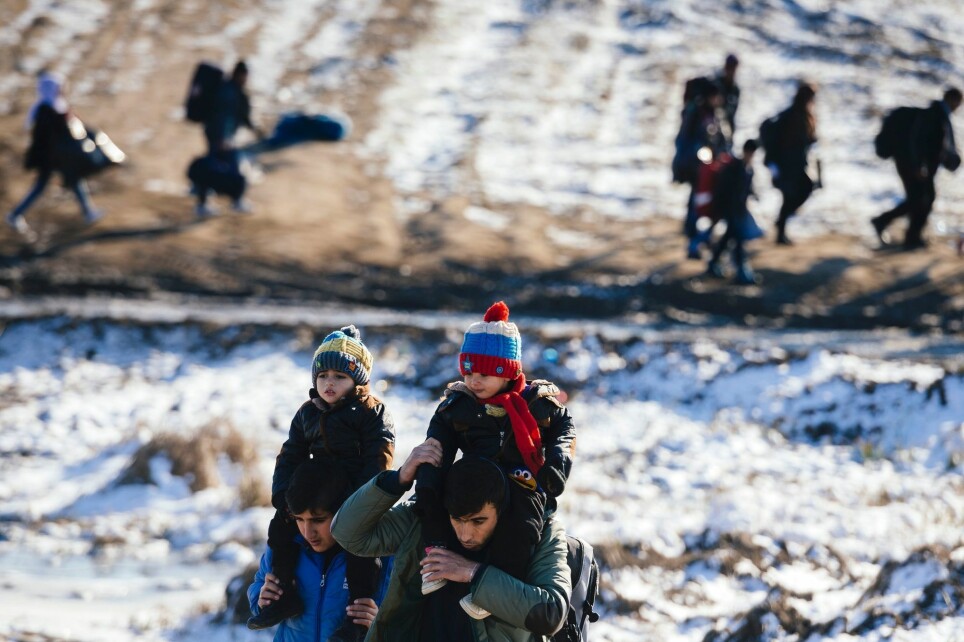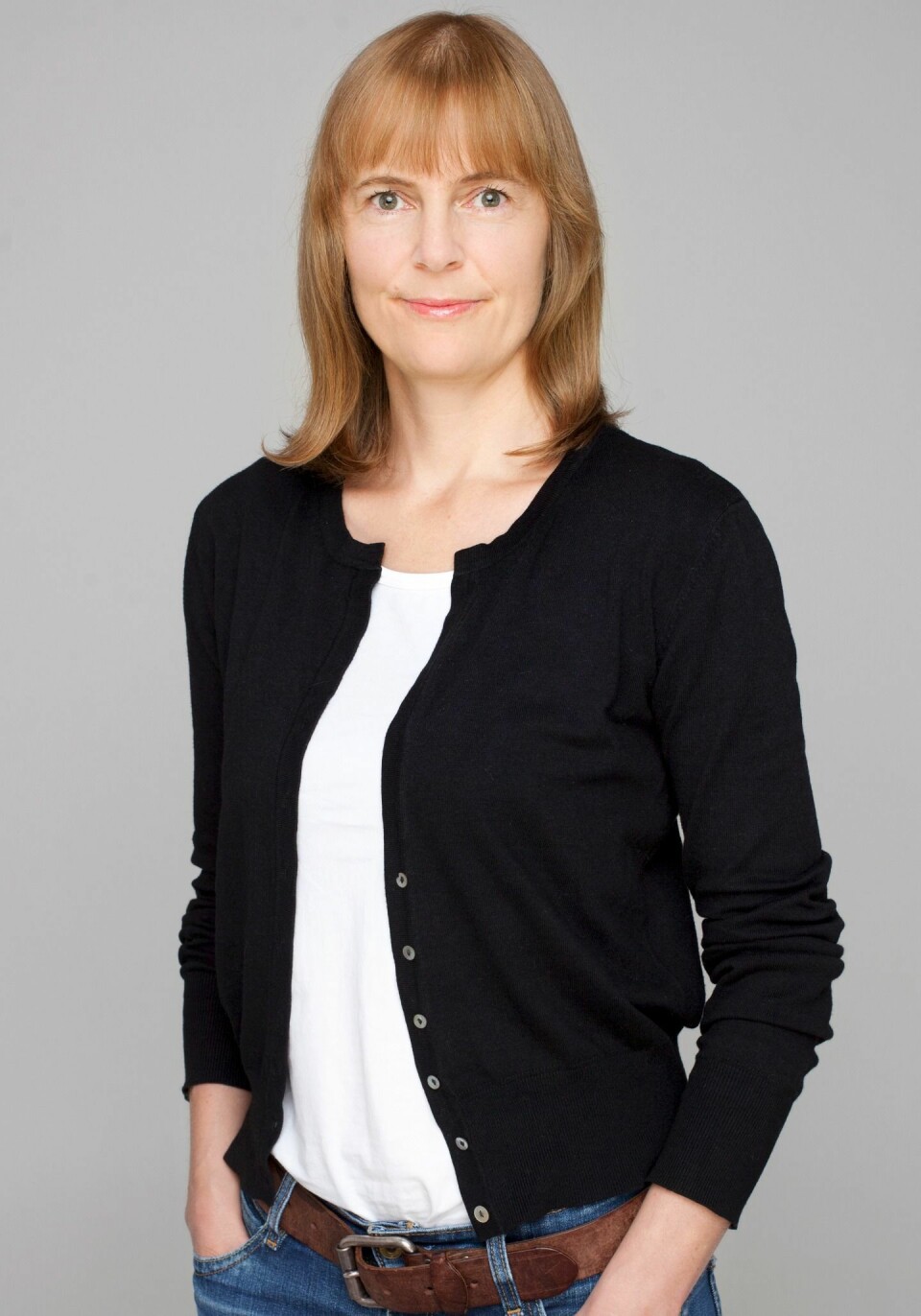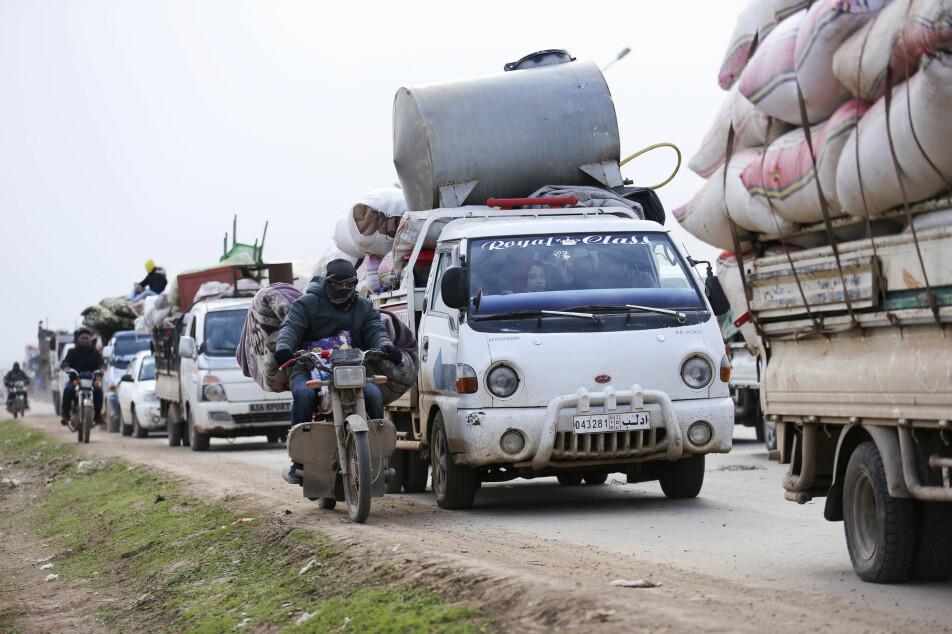
How the Syrian war affected Norway and Sweden
Without the war in Syria, the number of children born in Sweden in 2017 would have been three per cent lower. In Norway, one per cent fewer children would have been born that year.
The war in Syria has had dramatic consequences. While the Syrian population has suffered the most dire effects, many neighbouring countries have also been affected.
But even in Sweden and Norway, far from the conflict area, people have felt the effect of the war. The demographic impact on these countries’ populations is especially notable.
A new study shows that the war in Syria has had a large effect on population growth in the two Nordic countries.
One in ten municipalities went from minus to plus
Without the war, the number of births would have been three per cent lower in Sweden and one per cent lower in Norway in 2017.
In addition, the Syrians changed the population trajectory in many Norwegian and Swedish municipalities.
Approximately one in ten municipalities that would otherwise have experienced a decline in population instead experienced population growth in 2016.

Many refugees came to Sweden
The war in Syria started in 2011. Since then, almost half the population has been forced to flee.
Both government forces and other armed groups have committed serious war crimes against civilians. The Islamic State (IS) has subjected people to torture and rape.
In 2015, the flow of refugees from Syria also reached Norway.
Sweden chose to receive far more refugees than Norway. They were one of the countries in Europe that opened their doors to the most refugees from Syria relative to the country’s population.
By the end of 2018, the proportion of Syrians in the foreign-born population had increased to 9 per cent in Sweden, compared with 3.5 per cent in Norway.
Several factors contributed to why more people came to Sweden.
Sweden had more Syrian immigrants from before. Norway had few immigrants from Syria before the refugee crisis, says Marianne Tønnessen.
Tønnessen studies demography at OsloMet and is the main researcher behind the new study, which is a collaboration between Norwegian and Swedish researchers.
New contribution to the research
Demographers study how populations change through birth, death, relocation and migration.
In the new study, the researchers used tools from a newer branch of the field called the demography of conflict.
The method is usually used in war and conflict zones to calculate how many people have died in the war, which can be difficult to determine.
In these calculations, researchers create an alternative scenario, Tønnessen says.
How would the population have developed if there hadn’t been a war?
The researchers make a representation of the population without war and compare it with the size of the population after the war. When they compare the two sizes, they extrapolate that the difference shows the effect of the war on the population.
The Norwegian and Swedish researchers are the first to have used this method outside war zones. This is a new contribution to the research, says Tønnessen.
“This method is a way to show that in today's world, wars have major consequences far beyond the war zones. But we can’t forget that the effects of the war are insanely stronger in Syria and in neighbouring countries than here in the Nordic countries,” says Tønnessen.
Some uncertainty
Tønnessen points out that some uncertainty is associated with the calculations.
The researchers calculated hypothetical immigration to Norway and to Sweden if there had not been a war in Syria.
“Since a number of Syrians came to Sweden before the war, we can’t state that everyone who arrived after the war broke out came because of the war. We try to take this into account by prolonging the trends in net immigration from Syria to Sweden and Norway that we observe from the period before the war broke out. But we can’t be sure whether these trends would actually continue like this without a war,” says Tønnessen.
“We also take into account that the people who came to Norway and Sweden due to the war have since had children, which also contributes to the demographic effect.”
Have Syrians slowed down aging?
The trend in both Norway and Sweden is that young people are now moving from the districts to the cities more than before.
The elderly now make up a larger proportion of the population than researchers assumed a few years ago. One of the reasons is that Statistics Norway overestimated future immigration, said Statistics Norway researcher Astri Syse in a 2019 interview with forskning.no.
On average, immigrants are younger than the rest of Norway's population and have thus helped to slow down aging. Many of the immigrants who settled in Norway’s districts a few years ago are from Eastern Europe. These are immigrants who come to Norway and work for a few years, but who often travel home or on to another place when they get older.
“Among refugees, Syrians are a group that is now greatly contributing to slowing down aging in the districts,” Syse says.
Syrians live less centrally than Norwegian-born
Tønnessen confirms this demographic trend.
She points out that immigrants in Norway generally live in more urban settings than people born in Norway.
However, Syrians actually live less centrally than Norwegian-born people do.
“We don’t know how long this will last. When the large influx of refugees came, all Norwegian municipalities were asked to accept Syrians.”
“We have reason to believe that most Syrians have lived in these municipalities at least as long as they followed the introductory programme for refugees, which lasts for about two years. Figures for 2020 show that immigrants from Syria still live more spread out than the general population. This would be interesting to study further,” Tønnessen says.
Different ways of receiving refugees
Norway and Sweden have chosen different ways to settle refugees from Syria.
In Norway, the state has largely managed settlement through the Directorate of Integration and Diversity and through the municipal authorities.
In Sweden, the refugees themselves have been allowed to choose where they want to live to a greater extent.
Both models have been discussed and criticized.
In Sweden, the debate has largely revolved around the fact that refugees who can choose for themselves tend to clump together in areas with a lot of other refugees and immigrants.
Could change history
Despite these differences, many Swedish municipalities have also experienced that the trend toward a population decline was reversed after the war in Syria.
Eleonora Mussino is a researcher at Stockholm University and has participated in the study. She believes that the study results could change the history of Syrian migration to Norway and Sweden.
Mussino says in a press release from Stockholm University that she does not deny the challenges associated with the increased immigration from Syria.
But she believes the study also shows that refugees in certain parts of the country can offer a welcome contribution to population growth.
Translated by Ingrid Nuse.
Read the Norwegian version of this article on forskning.no.
Reference:
Marianne Tønnessen, Siddartha Aradhya and Elonora Mussino: How Assad changed population growth in Sweden and Norway: Syrian refugees’ impact on Nordic national and municipal demography, PLOS ONE, January 2021.
































